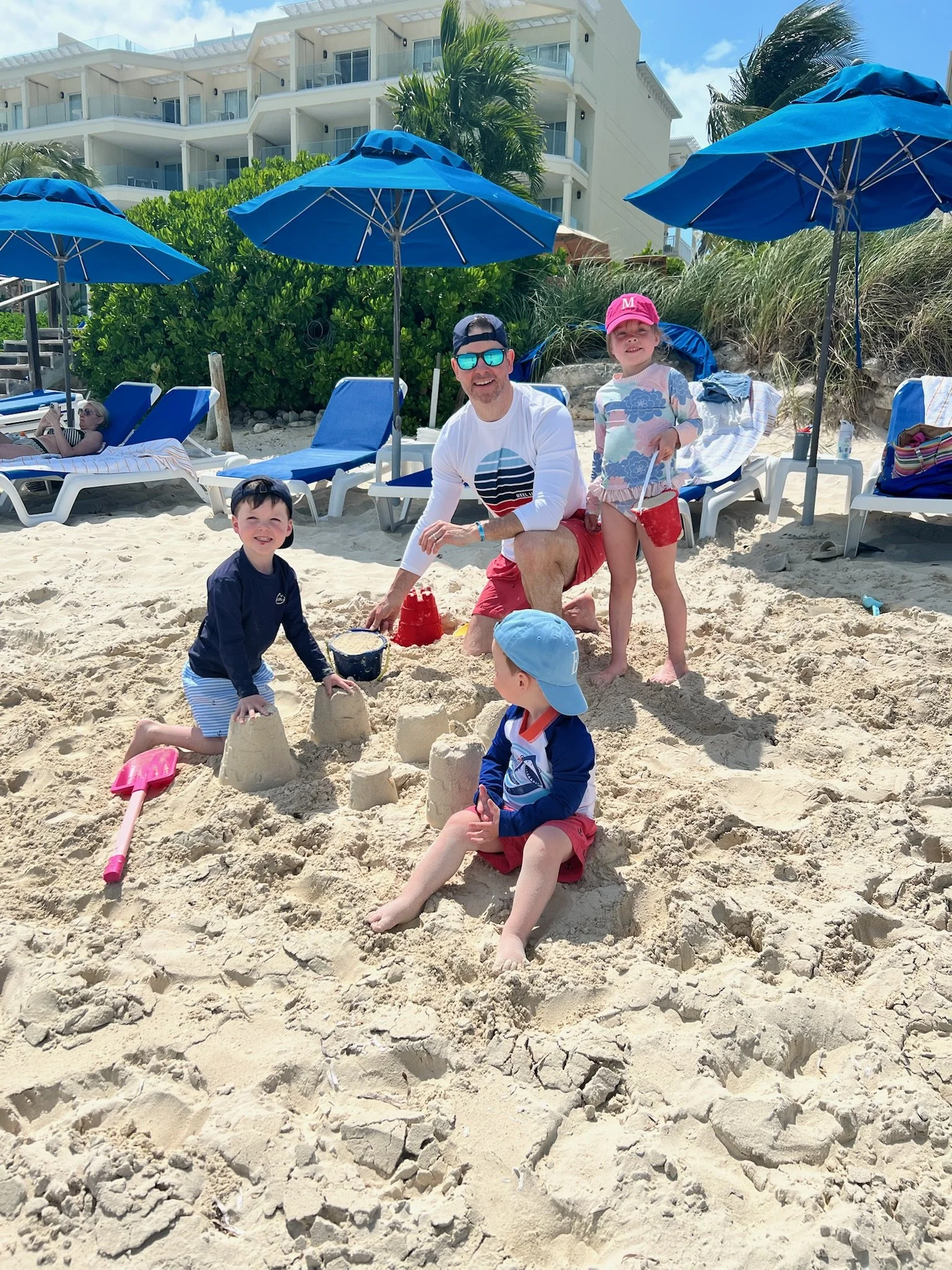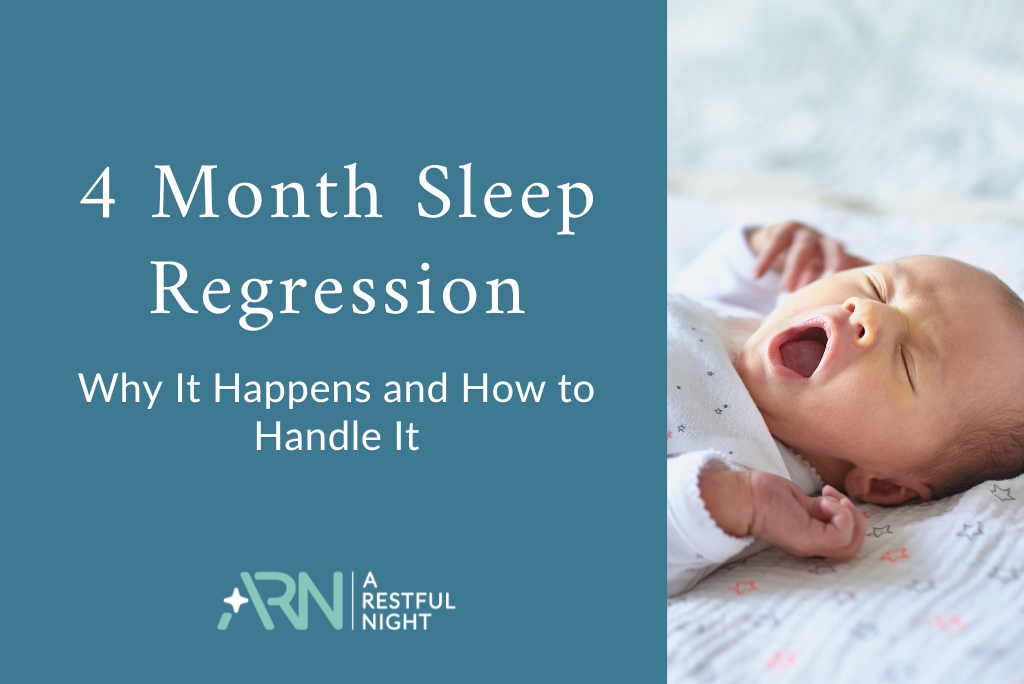How to Travel Across Time Zones with a Baby and Keep Sleep Consistent
Traveling across time zones with a baby can feel daunting, especially when it comes to maintaining sleep routines. The goal is simple: help your little one adjust smoothly so everyone can rest well and make the most of the trip. With a bit of planning and patience, you can ease the transition and keep your family feeling refreshed.
While babies and time zones don't exactly see eye to eye on what counts as "bedtime," there are simple strategies to keep their sleep schedule on track.
Ready to make your journey a little smoother (and more rested)? Let's explore some practical, easy-to-follow tips for keeping sleep consistent so you can focus on making memories, not battling overtired meltdowns.
1. Plan Like a Sleep Pro
When travelling with a baby, preparation is everything. Think of it as your secret weapon against chaos.
Know the time difference. A quick search will tell you what you're dealing with, so you can adjust your baby's sleep schedule before packing a bag. Many parents prefer to gradually shift naps and bedtimes by 15–30 minutes each day leading up to your trip. Heading east? Try moving bedtime from 7 PM to 6:30 PM, then to 6:00 PM, etc. It's like tricking your baby's internal clock into getting a head start.
Pack strategically. Bring along the essentials that feel familiar to your baby. A comfort item like a favourite stuffed animal or blanket can work wonders.
A blackout tent, portable sound machine, and pack-n-play are must-haves. (Need ideas? We have recommendations linked for infant travel essentials and toddler travel essentials)
Extra pacifiers, a familiar nightlight, or even their favorite sleep sack—whatever makes bedtime feel like home, pack it.
PRO TIP: Let older kids choose their comfort item to involve them in the process. They'll feel like tiny sleep consultants.
2. Stick to the Bedtime Routine When Taking a Red Eye
For younger babies, feed during takeoff and landing to ease ear pressure. Bonus: They might even drift off mid-snuggle.
Create a mini bedtime routine onboard. Pack PJs, a travel-size book, and their trusty comfort items, and follow a scaled-down version of your usual routine. It's amazing how a familiar sequence can calm them, even 30,000 feet in the air.
A peaceful activity or a new book that is appropriate for travel might help older children relax. It all comes down to keeping the mood drowsy rather than chaotic.
3. Plan Appropriate Accommodations
Where you stay can make or break sleep success, especially with a baby in tow.
Look for accommodations that offer separate sleeping spaces. A one-bedroom suite or a rental with a separate living area allows you to put your baby down for naps or bedtime without tiptoeing around in the dark. If that’s not possible, even a large walk-in closet or bathroom (with proper airflow and safety) can serve as a temporary sleep nook for the pack-n-play.
Ask ahead about cribs or high chairs. Many hotels and vacation rentals can provide these, but it’s always good to double-check. Bring a fitted sheet from home to make the crib smell and feel familiar.
If you're sharing a room, consider using a SlumberPod or similar blackout cover to create a dark, distraction-free sleep zone. A white noise machine can also help block out unfamiliar sounds, whether it's street noise, hallway chatter, or enthusiastic cousins in the next room (my favorite is from Yogasleep).
4. Be Flexible
Being adaptable and flexible without totally giving up on the routine will help your baby have structure in their day without sacrificing travel activities.
Some sleep disruptions are inevitable, so don't sweat it if naps happen in a stroller or bedtime shifts by an hour. A 20-minute stroller nap can help your baby feel well-rested and avoid being overtired the rest of the day.
Control naps to avoid oversleeping. If your baby naps too long after arriving, wake them gently.
Stick to your usual bedtime routine as much as possible—bath, book, song, snuggles. Familiarity helps your baby wind down, even in a strange environment.
Communication with your older kids can go a long way. Talk through the new bedtime ahead of time, set clear expectations and let them know you’re here to help them wind down their bodies!
And remember, an earlier bedtime can be a lifesaver for a couple of days as everyone adjusts. It's okay. You're not "ruining" their schedule.
5. Create a New Sleep Schedule in the New Time Zone
Jet lag isn't fun for anyone, but babies are surprisingly resilient (even if they don't look like it at 3 AM). Be consistent. Jump right onto local time and stick to the new time zone's sleep schedule, even if it feels challenging. It's the quickest way to reset their internal clock.
Try to get outside as much as possible. Daylight is your friend. A stroll or an afternoon at the park can work wonders for everyone's rhythm. Keep your bedtime routine steady. Those familiar steps will remind your baby that it's time to wind down, even if things are off.
6. Adjust Gradually Once You’re Home
Once you’re home, adjust the routine gradually. Just like before the trip, shift naps and bedtime by small increments until they're back on their regular sleep schedule. Most babies return to their normal rhythm within a week or two.
If your baby seems especially restless at night, try to keep daytime activities calm and predictable. Spend time outdoors during daylight hours to help reset their internal clock, and keep meals and naps at consistent times.
Offer extra comfort and reassurance as needed—travel can be a big adjustment! With a bit of time and routine, they'll soon be back to their usual sleep pattern.
Traveling with a Baby: Frequently Asked Questions
Where should my baby sleep while on vacation?
Ideally, your baby should sleep in a safe sleep space similar to home: a crib, pack-n-play, or travel bassinet that meets safety standards. If sharing a room, use a blackout cover or corner off a quiet area to minimize distractions. Stick to your normal bedtime routine to signal it’s time to wind down, even in a new environment.
How can I help my baby adjust to a new time zone?
Start shifting their schedule before travel if possible, 15–30 minutes earlier or later each day depending on the direction you’re heading. Once you arrive, jump into the new time zone by starting your day at your regular morning wake time, adjusting meals, naps, and bedtimes accordingly. Spend time outdoors to soak up natural light, which helps reset their circadian rhythm.
How can I help my baby sleep on an airplane?
Stick to a mini version of your bedtime routine: PJs, bottle or feed, book, cuddle. Bring their usual sleep cues like a pacifier, sleep sack, or stuffed animal. For infants, nursing or bottle-feeding during takeoff and landing can ease ear pressure. Try to book flights that align with their usual nap or bedtime schedule when possible.
Wrapping up!
Travelling across time zones with a baby isn't a walk in the park, but it's not an impossible mission either. With a little planning, like shifting the sleep schedule before your trip and packing favourite comfort items, things can go more smoothly than you think.
While travelling, balance being flexible with keeping some routines, like sticking to a familiar bedtime routine or managing naps when and where you can. When jet lag shows up, take a deep breath and be patient. It’s normal, and it will pass.
LOOKING FOR TRAVEL INSPO?
Check out Turks and Caicos With Kids and How to do Disney With Kids. And above all else: don’t let sleep (or a lack of it!) distract you from the true purpose of your trip: making memories as a family.
And as always, if you’re here for sleep support, we offer complimentary consultation calls to get you started down the path to a restful night!
Meg O'Leary is an Infant and Child Sleep Expert and the founder of A Restful Night. Based in Westchester County, NY, she leads a team of certified sleep coaches to provide virtual support to families across the US and around the world.








